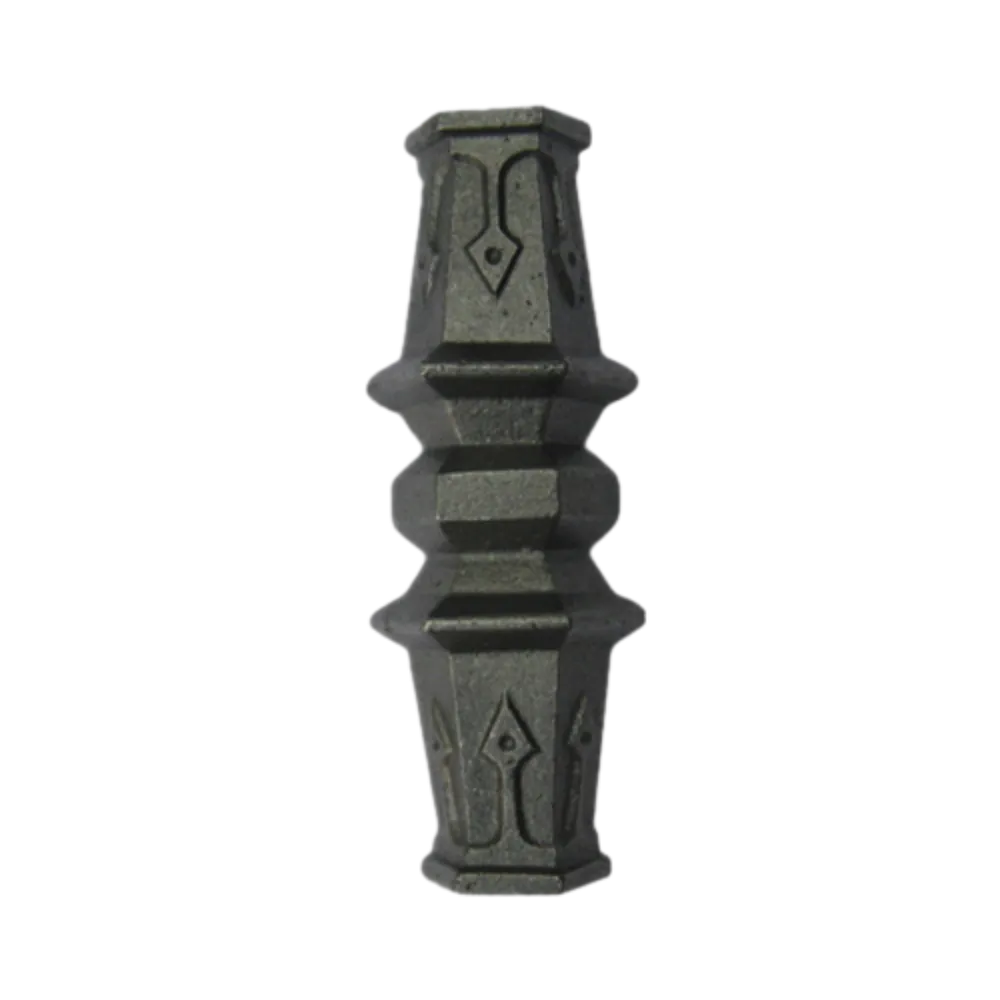Exploring the Historical Development and Applications of Wrought Iron in Modern Industry and Art
The Timeless Appeal of Wrought Iron
Wrought iron, a material rich in history and craftsmanship, has captured the imagination of artisans and architects for centuries. Its unique properties and aesthetic appeal have made it a favorite in various applications, ranging from functional constructs to exquisite artworks. Understanding the significance of wrought iron entails delving into its historical context, manufacturing process, and contemporary uses.
Historically, wrought iron dates back to ancient civilizations, with its origins believed to be in the Middle East around 1200 BC. Unlike cast iron, which is brittle and prone to cracking, wrought iron is malleable, allowing it to be shaped and worked into intricate designs. This ability made it the material of choice for blacksmiths and metalworkers throughout the ages. During the Renaissance, wrought iron became prominent in Europe, where skilled craftsmen created elaborate gates, railings, and furniture that adorned grand estates and public spaces.
The manufacturing process of wrought iron is labor-intensive and requires a high level of skill. It is produced by heating iron and then hammering it to remove impurities and forge it into a desired shape. This method retains the fibrous structure of the iron, resulting in a strong yet flexible material. One of the defining features of wrought iron is its iron content, typically over 99%, which enhances its durability while maintaining its workability.
In contemporary society, wrought iron is celebrated not only for its strength but also for its aesthetic versatility
. It has found a home in a plethora of applications—from architectural elements like staircases and balconies to decorative pieces such as sculptures and garden furniture. Wrought iron is particularly valued in the construction of gates and fences, where its intricate designs and robustness serve both decorative and practical purposes.wrought iron

One of the most significant aspects of wrought iron is its contribution to architectural heritage. Structures built during the 18th and 19th centuries, characterized by ornate wrought iron work, are considered architectural gems. Cities across the globe showcase these masterpieces, with wrought iron balconies and railings adding charm and elegance to urban landscapes. Preservation efforts to maintain these historical structures highlight the importance of wrought iron in understanding architectural evolution.
Moreover, wrought iron’s sustainability factor cannot be overlooked. As a material that can be recycled indefinitely without loss of quality, it aligns with the growing emphasis on sustainable practices in construction and design. This eco-friendly characteristic ensures that wrought iron remains relevant in the modern era, appealing to environmentally conscious designers and consumers alike.
Artisans continue to experiment with wrought iron, blending it with other materials like glass and wood, leading to innovative designs that resonate with contemporary aesthetics. The fusion of traditional craftsmanship and modern techniques has resulted in an exciting resurgence of wrought iron in interior design, such as in the creation of stunning light fixtures and custom furniture.
In conclusion, wrought iron is more than just a building material; it is a testament to human creativity and craftsmanship. Its historical significance, coupled with its functional and aesthetic qualities, ensures that wrought iron will continue to enchant and inspire. As we move forward, the enduring allure of wrought iron, forged by history and shaped by innovation, will undoubtedly remain a cherished facet of our architectural and artistic landscape.
-
Why Choose TJJ as Your Window and Door Hardware Manufacturer?NewsOct.28,2024
-
The Advantages of Cast Iron Stove Plates: A Timeless Choice for Your KitchenNewsOct.28,2024
-
Aluminium Windows Profiles: Benefits and FeaturesNewsOct.28,2024
-
Innovations in Cast Iron Panel TechnologyNewsOct.28,2024
-
The Benefits of Customizing Your Wrought Iron Fence PartsNewsOct.28,2024
-
The Immortal Legacy of Cast Iron Spears: From War to Decorative UseNewsOct.21,2024
-
 Why Choose TJJ as Your Window and Door Hardware Manufacturer?Oct-28-2024Why Choose TJJ as Your Window and Door Hardware Manufacturer?
Why Choose TJJ as Your Window and Door Hardware Manufacturer?Oct-28-2024Why Choose TJJ as Your Window and Door Hardware Manufacturer? -
 The Advantages of Cast Iron Stove Plates: A Timeless Choice for Your KitchenOct-28-2024The Advantages of Cast Iron Stove Plates: A Timeless Choice for Your Kitchen
The Advantages of Cast Iron Stove Plates: A Timeless Choice for Your KitchenOct-28-2024The Advantages of Cast Iron Stove Plates: A Timeless Choice for Your Kitchen -
 Aluminium Windows Profiles: Benefits and FeaturesOct-28-2024Aluminium Windows Profiles: Benefits and Features
Aluminium Windows Profiles: Benefits and FeaturesOct-28-2024Aluminium Windows Profiles: Benefits and Features












